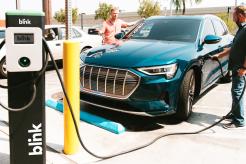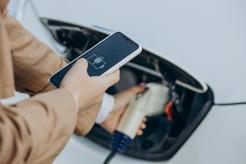Like the rail industry in the middle 1800s, the EV charging space has undergone a growth spurt – boom by exponential boom. Now, they face a similar challenge: finding an EV charging standardization protocol that all the major players can agree on.

Image via Wikimedia Commons
In its early years, railroad passengers had to switch trains every time they crossed from one company’s territory to another. With no standard track gauge, this faster, more efficient way of getting around the country couldn’t realize its massive potential.
With no agreement on EV charging infrastructure standardization, EV drivers have to waste time finding a station with the type of connector that works with their vehicles. Plus, they need to carry separate charging connectors for home charging and DC fast charging stations on the road.
Inconvenient. Time-consuming. Clunky. Definitely a factor the industry needs to overcome before the nation’s drivers adopt EVs as their number-one choice in vehicles.
That’s about to change. With several automakers getting on board with Tesla’s J3400 North American Charging Standard (NACS) plug, it looks like consensus on EV charging standardization will finally come.
What Does the NACS Mean for the EV Charging Industry?
Although most EV manufacturers who sell their vehicles in the US promised to adopt the NACS, they still faced the task of getting the Tesla device approved by SAE International, the global standard-setter for electrical equipment.
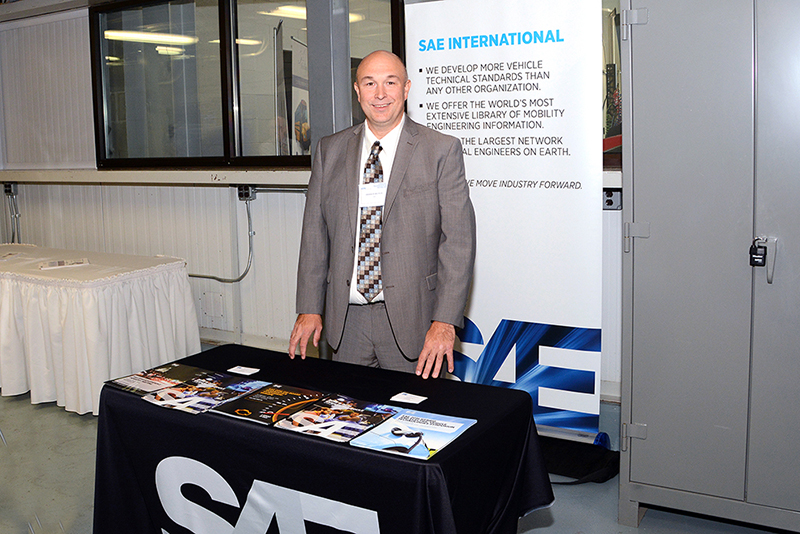
Image via Wikimedia Commons
Usually, the SAE approval process moves at a snail’s pace, as CleanTechnica’s Steve Hanley hinted at in his New Year’s Day article. However, as critical as standardization was to the EV charging industry, the SAE moved quickly to evaluate the charging plug’s technology. In its December 19, 2023 press release, SAE International published what they call a “Technical Information Report” (TIR), its stamp of approval, declaring the device the standard charging plug for use in North America.
Now, with one standard charging plug across North America, EV owners can feel more confident on long drives, knowing they won’t need to waste time finding a charging station with the right plug. Even more importantly for the EV industry’s expansion, such availability could help nudge EV-resistant car buyers to choose an EV as their next vehicle.
Additionally, as Hanley points out, this development is a game-changer for EV charging infrastructure companies, car manufacturers, and equipment suppliers. With the advent of the SAE’s J3400 NACS standard, all suppliers, manufacturers, and EV infrastructure providers can now “use, manufacture, or deploy the J2400 connector” at EV charging stations and in EVs throughout North America.
What Factors Drove the New J3400 Standard’s Fast Track to Success?
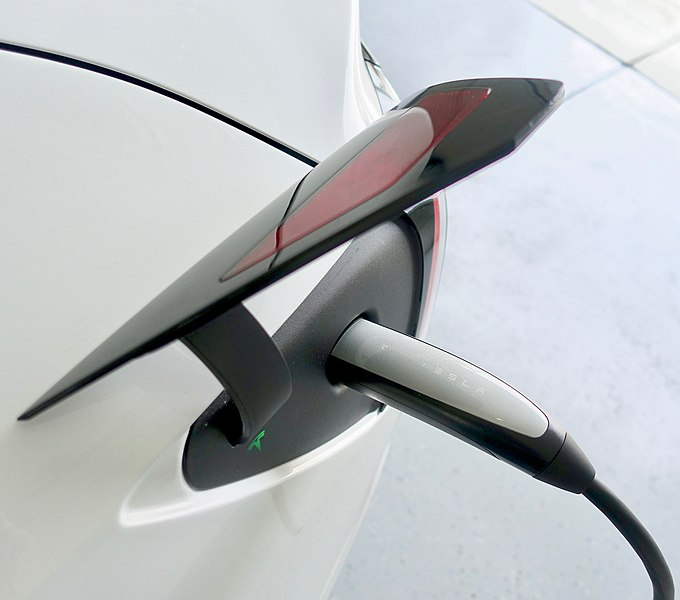
Image via Wikimedia Commons
Indeed, the top thought leaders in the EV charging space, along with market demand and government support, played a key role in getting the approval process off the ground. Here’s how this group of experts brought the new charging plug standard to approval in record time.
Input from EV Charging Thought Leaders
In the SAE press release cited earlier, Dr. Rodney McGee, a University of Delaware research engineer and chairman of the SAE J3400TM NACS Task Force, said, “It [the SAE J3400 NACS] facilitates broad interoperability for EV charging solutions by providing a unified, compact connector for both AC and DC charging. It is compatible with bring-your-own-cord solutions that make J3400 an optimal approach for AC power transfer for street charging, parking garages/lots, and multi-unit or mixed-use buildings.”
The drive to complete the EV charging standardization process in six months inspired the task force to work “tirelessly” to finish the approval by the beginning of 2024. Indeed, these thought leaders saw that having a single standard connector could catapult EV adoption into wide popularity across the continent.
Market Demand Across Several Sectors
Potential customers cite several reasons why they wouldn’t yet consider an EV. In a recent Autolist survey of likely car buyers, 33% of respondents indicated that charging availability was a major concern, as was a related factor – range anxiety.
Trying to find a compatible charging station while about to run out of power isn’t something any driver wants to face. The reluctance that stems from that anxiety certainly impacts the EV auto industry’s bottom line. With traffic jams and careless drivers on the road, drivers don’t need the added worry of finding a charging station they can actually use.
Additionally, as the SAE press release shows, EV infrastructure companies and charging stations themselves look to benefit from the new technology. Since with the J3400, they can use the same power feeds for both DC fast charging and AC charging, they would no longer need “separate circuit panels and…step-down transformers at charging sites.”
Solid Support from the Joint Office of Energy and Transportation
Working with Tesla to forge a partnership with SAE International, the US Joint Office of Energy and Transportation helped to streamline the standardization process. The agency’s interest in creating an environment favorable to the nation’s transportation industry made it a key player in the undertaking.
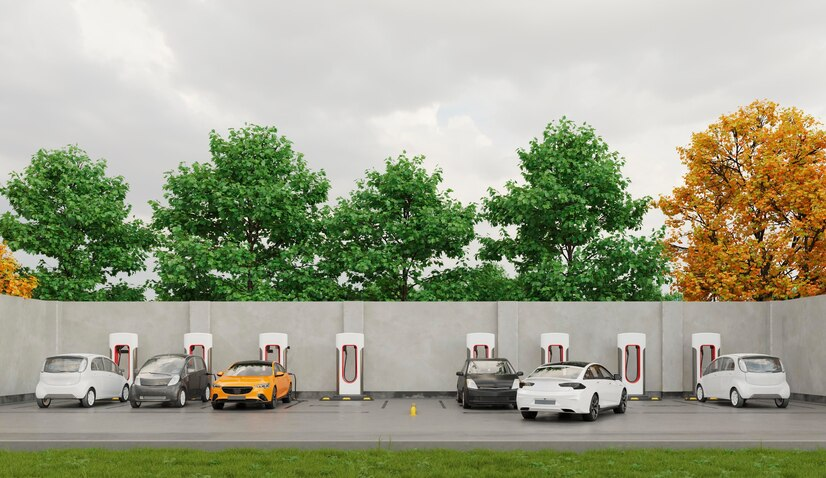
Image via Freepik
User convenience, as the SAE press release pointed out, was a key factor in the agency’s decision to speed up the approval. As Gabe Klein, the Joint Office’s executive director, put it, “As the Joint Office supports the build-out of a convenient and reliable national charging network, open and interoperable standards are crucial to ensuring that every EV can charge at any station.”
With this one move, North American roads just became a more hospitable environment for EV drivers. In this new, more convenient charging milieu, drivers won’t need to drive for miles with a near-empty battery to find a charging station with the right charger for their car. And, since most automakers are equipping their new vehicles with J3400 compatibility (in 2025) and furnishing existing EV owners with J3400 adaptors beginning in 2024, EV adoption should increase at a faster rate.
Even more importantly, this accessibility will doubtlessly “accelerate the electrification of the transportation sector,” as a December 19, 2023, communique from the Joint Office stated.
With the system’s interoperability and ability to use existing technologies, this development could represent a quantum leap in EV charging technology.
Meet Gabe Klein and Other Top Thought Leaders at the EV Charging Summit
With the US Joint Office’s Gabe Klein as keynote speaker and more than 120 other EV charging thought leaders sharing their latest insights, the 2024 EV Charging Summit is a must-attend event for business leaders in the EV charging space. Choose from 65 informative sessions organized by interest track while rubbing shoulders with the industry’s best minds. Register for your spot today!


